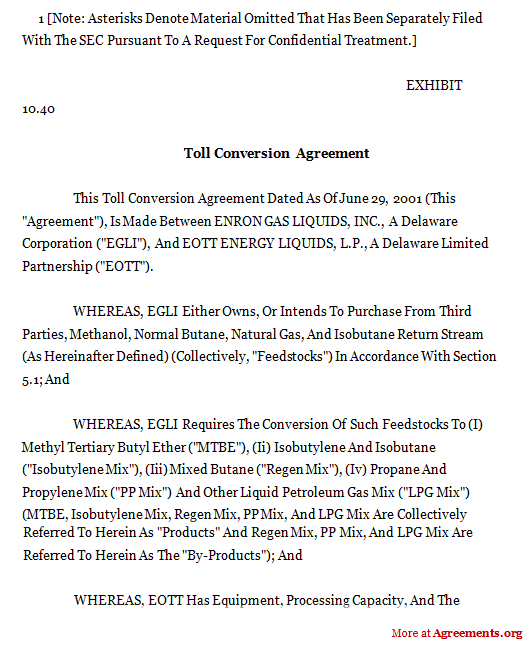What is a Debt Conversion Agreement?
A Debt Conversion Agreement, as the name suggests is a contractual document between the lender and the borrower, which creates a convertible debt — converting debt to equity. Of course, this acts like an option rather than as a forceful compulsion. It is typically entered into by the Investor and a company, and is also known as a ‘Convertible Debt Agreement’ or a ‘Debt to Equity Conversion Agreement’.
The main purpose of a Conversion Agreement is to enable the borrowing company to pay back the debt by converting the amount into equity shares of the company. Typically, no cash transaction takes place while signing this agreement as the amount of debt is converted into equity instead of being paid back to the Investor.
When Do You Need a Debt Conversion Agreement?
As mentioned previously, a Conversion Agreement is signed when the Investor and the Borrowing Company agree to exchange the debt borrowed by the latter into equity stock or shares via a legal contract.
There can be several reasons why a Debt to equity swap (via a Conversion Agreement) may be required. Some of the uses of the Conversion Agreement are as follows:
- To help companies that want to maintain a target debt/equity ratio.
- To help companies avoid paying in cash for debt payments.
- To aid companies that are struggling for funds or require additional funds to continue operations.
- In case of events such as ‘Qualified Financing’.
Whatever may be the purpose of a Conversion Agreement, it’s sole aim is to help the agreeing investor and borrower formalize the under-debt swap with the help of a legal contract.
What Should Be Included in a Debt Conversion Agreement?
A Conversion Agreement isn’t simple to draft. It usually involves complex references and needs to clearly indicate the terms and conditions upon which the debt swap has been agreed between the parties. While the contents may vary, of a Conversion Agreement sample ideally includes
- The name of the borrower and the lender and details such as the registered name and address of the parties along with their signatures
- Conversions
- Effective date or the date when the debt swap will actually come into existence
- Representations, Warranties, and Covenants
- Piggyback Registration Rights
- Governing Law
- Definitions
- Successors and Assigns
- Severability
- Interpretation
- Counterparts; Facsimile Signatures
- Holding period
- Transferability of shares
- Rights of voting
- Rights to right shares and bonus shares
- Lien and charges on the assets for the shares
- Class of shares that can be converted into
- Surrender of shares for cash or premium
How to Draft a Debt Conversion Agreement?
While drafting a Debt Conversion Contract, it is pertinent to understand the type of debt involved, the stock that it will be converted to and the means by which the conversion will take place.
- A Debt Swap or a Debt Conversion is initiated via a proposal of conversion sent by the borrower to the lender.
- On the proposal being accepted by the lender, both parties agree upon the terms and conditions for the transfer in addition to any financial or tax implications involved in the transaction.
- The conversion is formally put in place with the help of a legal contract or agreement, signed by both parties, i.e. the borrower and the lender.
- Whether the shares are transferable or not – successors and assignment
- Holding period or lock in on the shares
- Receipt of information
- Class of stock that should be diluted for converting debt
- Accounting for convertible debt
- Restricted Securities
In case of complex debt conversions, it is also advisable to involve seasoned attorneys in the drafting of the agreement.
Benefits of a Debt Conversion Agreement
Transactions involving borrowing or lending money are often tricky, and it is, therefore, important to sign them off in writing. In the case of a Conversion Agreement, a verbal or oral agreement may not suffice as the borrower could alter the terms of conversion at the later stage or the lender could opt out of it without notice. A written contract is proof that the debt conversion was, in fact, agreed to and is enforceable legally.
- A written agreement formalizes the terms and conditions of the transaction and helps in avoiding disputes between the two parties at a later stage.
- It contains all the terms and conditions, related to tax implication, that help restrict.
- It includes the details of the conversion rates.
Key Terms/ Clauses of a Debt Conversion Agreement
While the terms of a Conversion Agreement may vary, it should cover every minute detail of the Debt to Equity Swap. In addition to general information about both the parties and the underlying transaction, the Conversion Agreement should cover the following:
- Details of the total debt outstanding and the amount payable
- The Conversion Rate
- Date of Conversion or Effective Date
- Tax Implications Involved in the Swap
- Validity duration of the debt
- Class of shares
- Rights from the shares including lien and charges on the asset and right and bonus shares
- Assignment and succession including transferability of shares
- Piggyback registration rights
A Conversion Agreement is a binding contract between the lender and the borrowing company to formalize a debt swap or the conversion of debt to equity. It clearly spells out the terms of conversion and provides legal protection to both the parties to the contract. It is advisable to avail the services of an attorney while drafting a Conversion Agreement.
[ Also Read: Loan and Security Agreement ]
Sample for Conversion Agreement
Download a sample Debt Conversion Agreement below.

Download this USA Agreement of Limited Partnership for only $9.99
By clicking the button below, I agree with the Terms & Conditions.